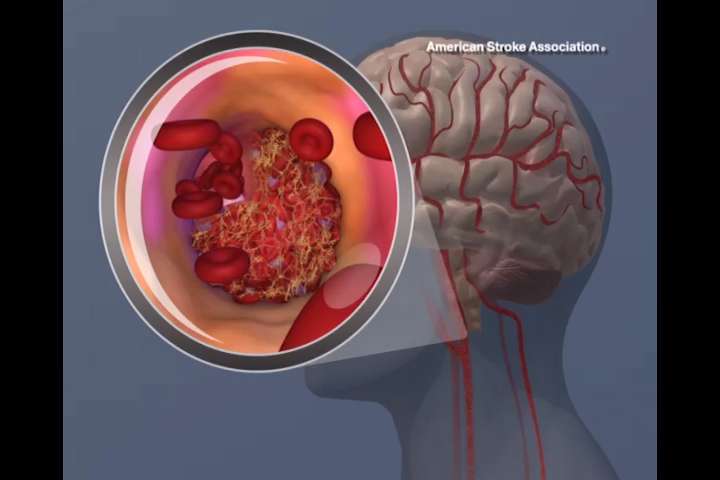International neurointerventional societies outline new criteria for facilities that treat stroke

The Society of NeuroInterventional Surgery (SNIS) today joined 12 other neurointerventional societies to release new guidelines outlining the criteria for Level 1, 2 and 3 stroke centers that provide acute ischemic stroke interventions (AISIs) to stroke patients. The standards are published in the September issue of the Journal of NeuroInterventional Surgery.
Acute ischemic stroke caused by emergent large vessel occlusion (ELVO) is the leading cause of adult disability in the world. Recent studies have shown that neuroendovascular stroke surgery significantly improves outcomes in ELVO patients, especially if the patient receives the surgery in a timely fashion. To ensure positive patient outcomes, it is critical to ensure that facilities can provide the proper care to stroke patients in a safe and timely manner.
For the first time, the societies have specified criteria for Level 1, 2 and 3 stroke centers—terminology they believe will help health providers and the public better understand the capabilities of stroke treatment facilities. Level 1 centers need to offer the full spectrum of neuroendovascular services, including neuroendovascular stroke surgery. In addition to other requirements, these centers need to treat a minimum of 250 stroke patients per year and perform a minimum of 50 thrombectomies per year.
"ELVO patients should be taken to Level 1 stroke centers. Establishing guidelines for Level 2 stroke centers gives patients a chance at the best possible outcome in underserved regions," said Dr. Adam Arthur, president of SNIS and a neurointerventionalist at the Semmes-Murphey Clinic in Memphis, Tennessee. "These guidelines, issued by this eminent group of organizations, will help facilities around the world maintain the highest standard of care for stroke patients."
The guidelines recommend that Level 2 stroke centers see a minimum of 100 stroke patients per year and perform a minimum of 50 thrombectomies per year. Each neurointerventionalist in a Level 2 center should perform a minimum of 15 acute intracranial thrombectomies per year.
The guidelines recognize the challenges that newly created Level 2 stroke centers could face in meeting the minimum volume criteria for procedures. They allow for these centers to operate below the minimum threshold numbers as long as they expect to hit their volumes within 12 to 24 months.
The purpose of these guidelines is not to serve as a substitute for existing national and regional guidelines, but rather to outline the best recommendations based on expert opinions and the most current evidence available in stroke care around the world.
More information: Laurent Pierot et al, Standards of practice in acute ischemic stroke intervention: international recommendations, Journal of NeuroInterventional Surgery (2018). DOI: 10.1136/neurintsurg-2018-014287















